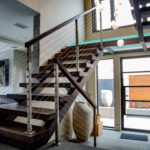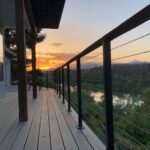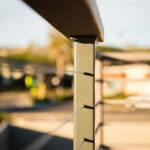
Techniques to consider when installing railings involving dry decks, or irregular lipped decking.
A drip edge is a metal flashing that is usually shaped like an L. The flashing is installed at the edge of a roof or dry deck, coated balcony etc. The drip edge directs water away from the fascia board and protect your home from damage. Drip edge flashings are required by most building codes. Much like a bullnose or lipped edge; a drip edge will create a projection which can interfere when connecting a railing post. Experienced deck builders will often lip the edge of wooden or composite decks for similar reasons to using a drip edge. The goal is always to move water out and away from the deck or roof fascia. Lipped or irregular edges can pose challenges for post installation; but there are some effective railing installation techniques used to approach these challenges.
Notch Cutting for Posts, Top Mounted Railings, and Utilizing Post Standoffs
One of the easiest ways to fascia mount railing posts to a lipped edge is to use a “notch cut”. The notch cut is not typically used for dry deck scenarios, but for stairs or lipped decking it works well. Installers simply notch the decking to the depth of the lip so the post mounts flush to the fascia. It should be considered that a notch cut could increase the chances of water being trapped in between the post and decking or fascia. Notches can be enlarged to allow for drainage and airflow in the gaps, or they can be cut tight and sealed in order to improve longevity. An effective notch cut can provide a seamless look and add extra rigidity by locking the post in multiple directions.
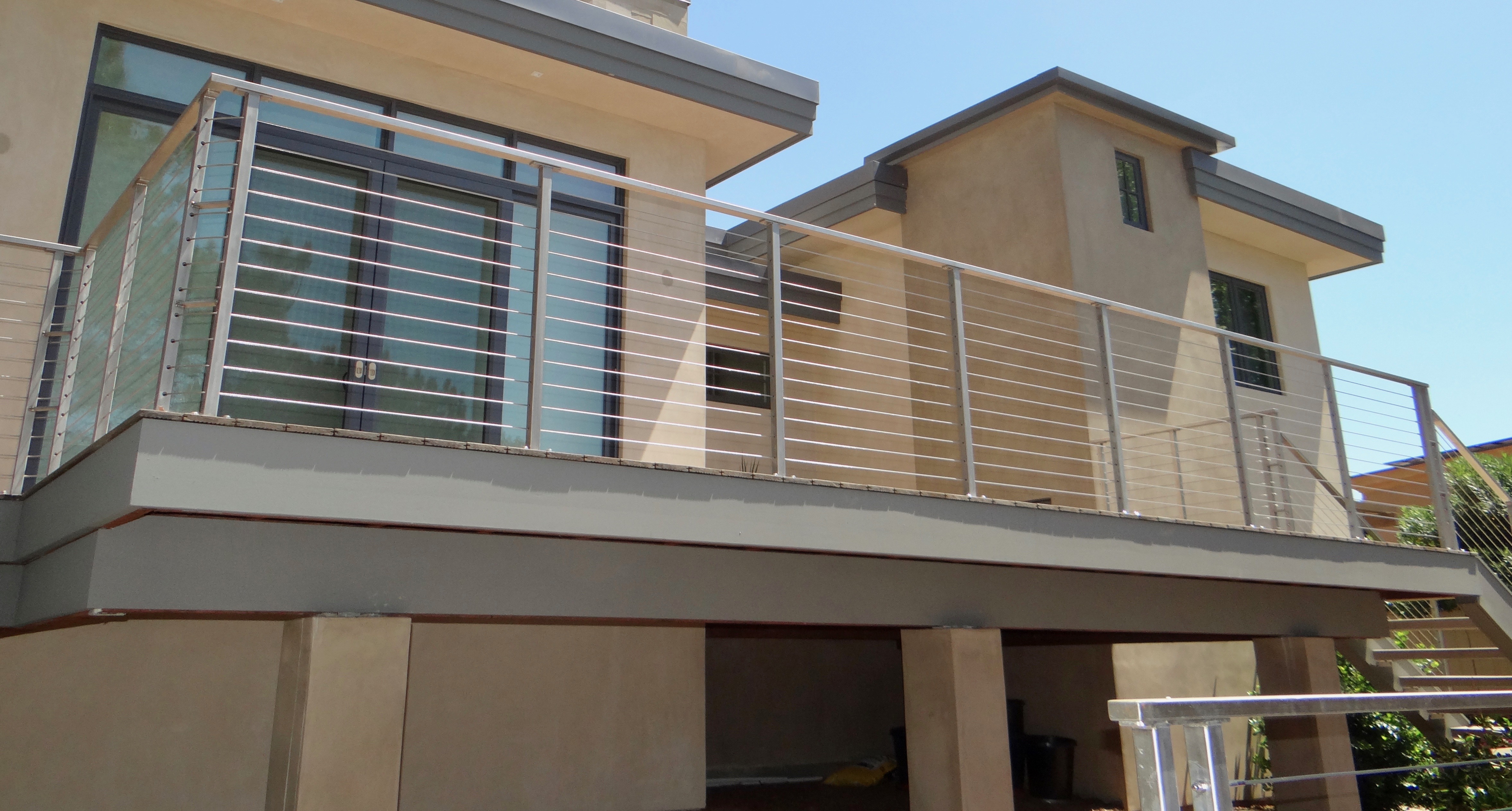
Another effective way to avoid an irregular edge is by using a “standoff”. Post standoffs are basically shims that can be fabricated out of wood, composite or steel. The standoff member is sandwiched in between the post and deck; secured by mounting bolts, Welded standoffs offer an extremely stout connection by adding a mounting plate for steel posts; the thickness can be modified to push the post outside an irregular edge. Care should be taken to ensure the bolts selected are long enough to properly connect the post based on the thickness. Standoffs are just spacers, they do not provide structural support and should not be counted as embedment.
Railing Installation Techniques forTop Mounted or Recessed Railing Posts
If the application permits the use of top mounted railing posts, it is a very good way to avoid the fascia entirely. There are of course other considerations for top mounting; some decks do not have blocking or structural members for which to attach the posts. Other decks may have slopes or waterproof members that will not allow for penetration. However, for standard decks or new construction; blocking and top mounting works excellent. Level concrete decks, hardwood and composites are all great top mounting candidates.
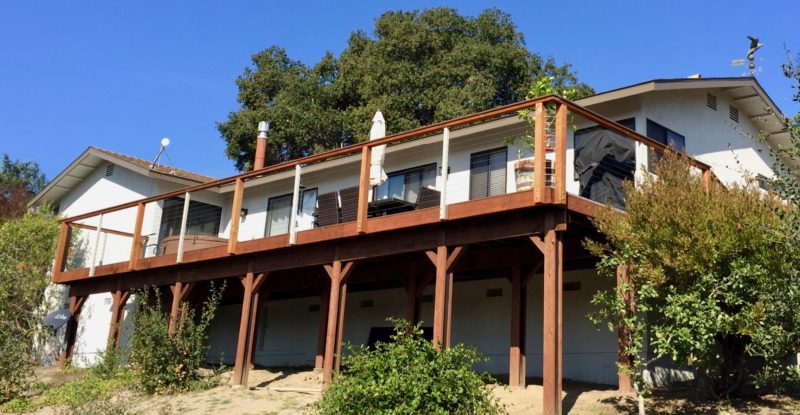
San Diego Cable Railings provides customers with technical assistance and railing products designed for a multitude of mounting scenarios. We offer nationwide shipping for all of our most popular cable and glass railing systems; as well as preferred installation in the state of California. If you have questions about railing products or installation by our preferred installers, give us a call or visit the quote request page today.
